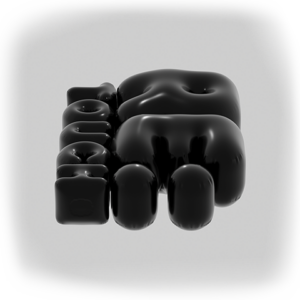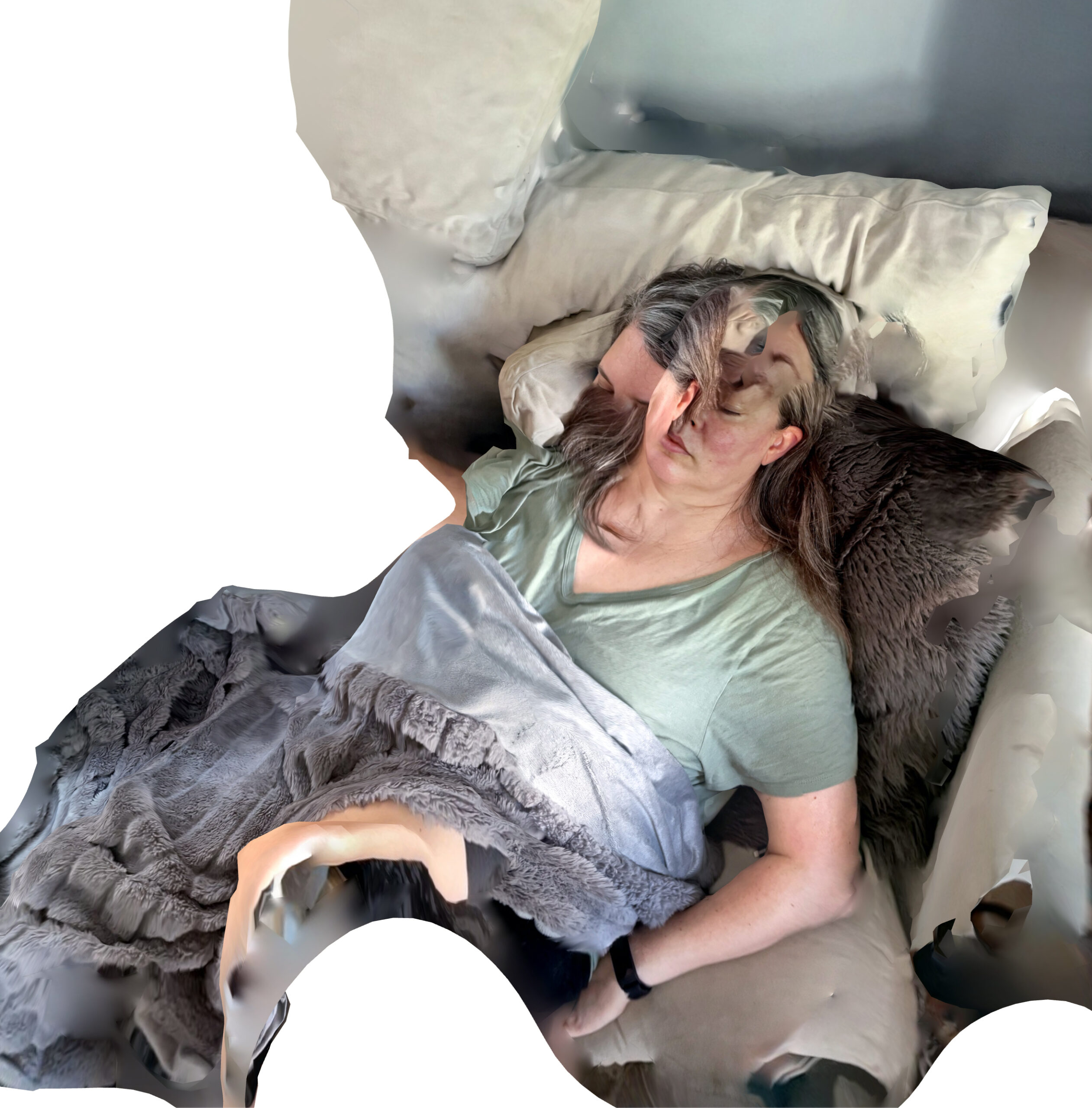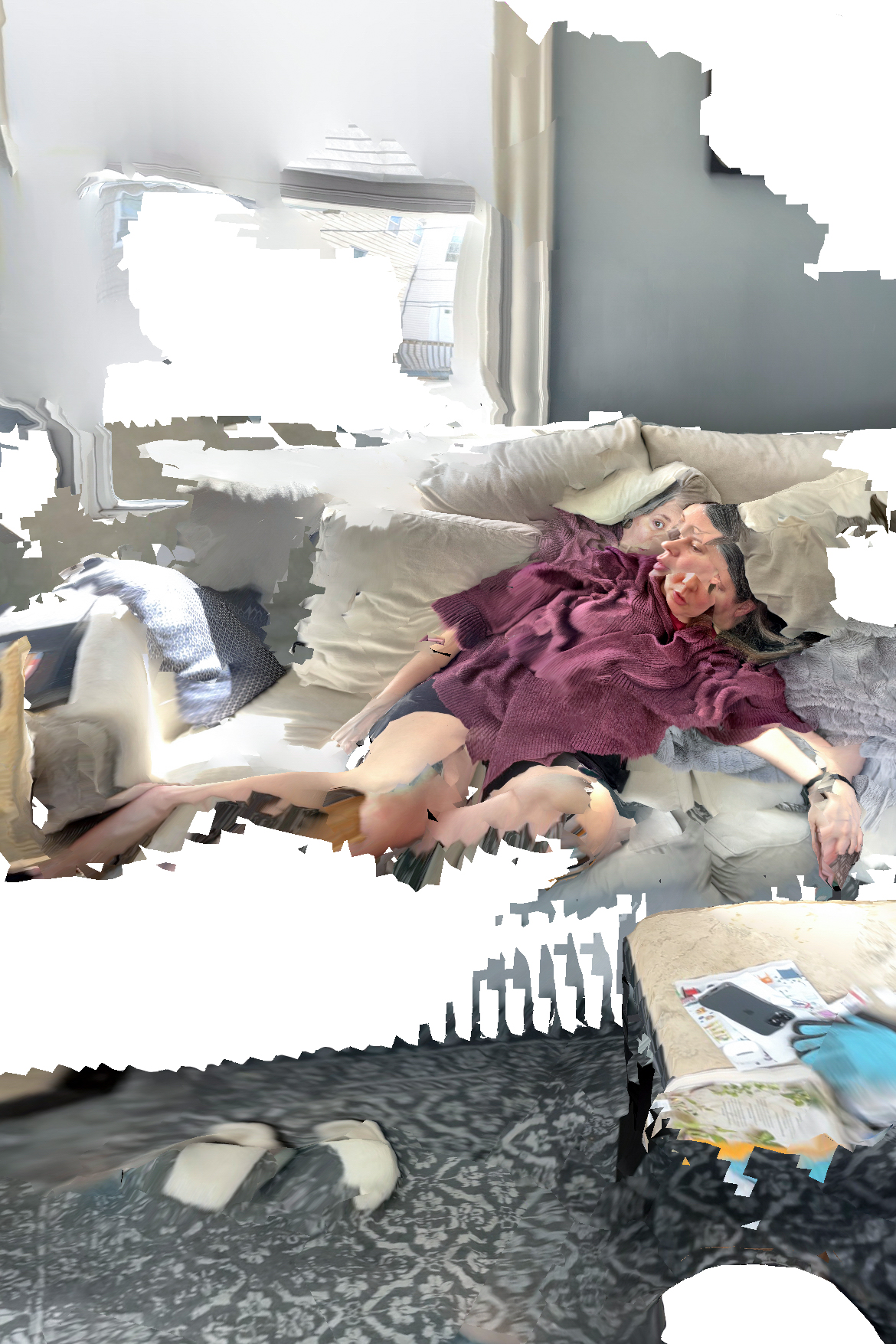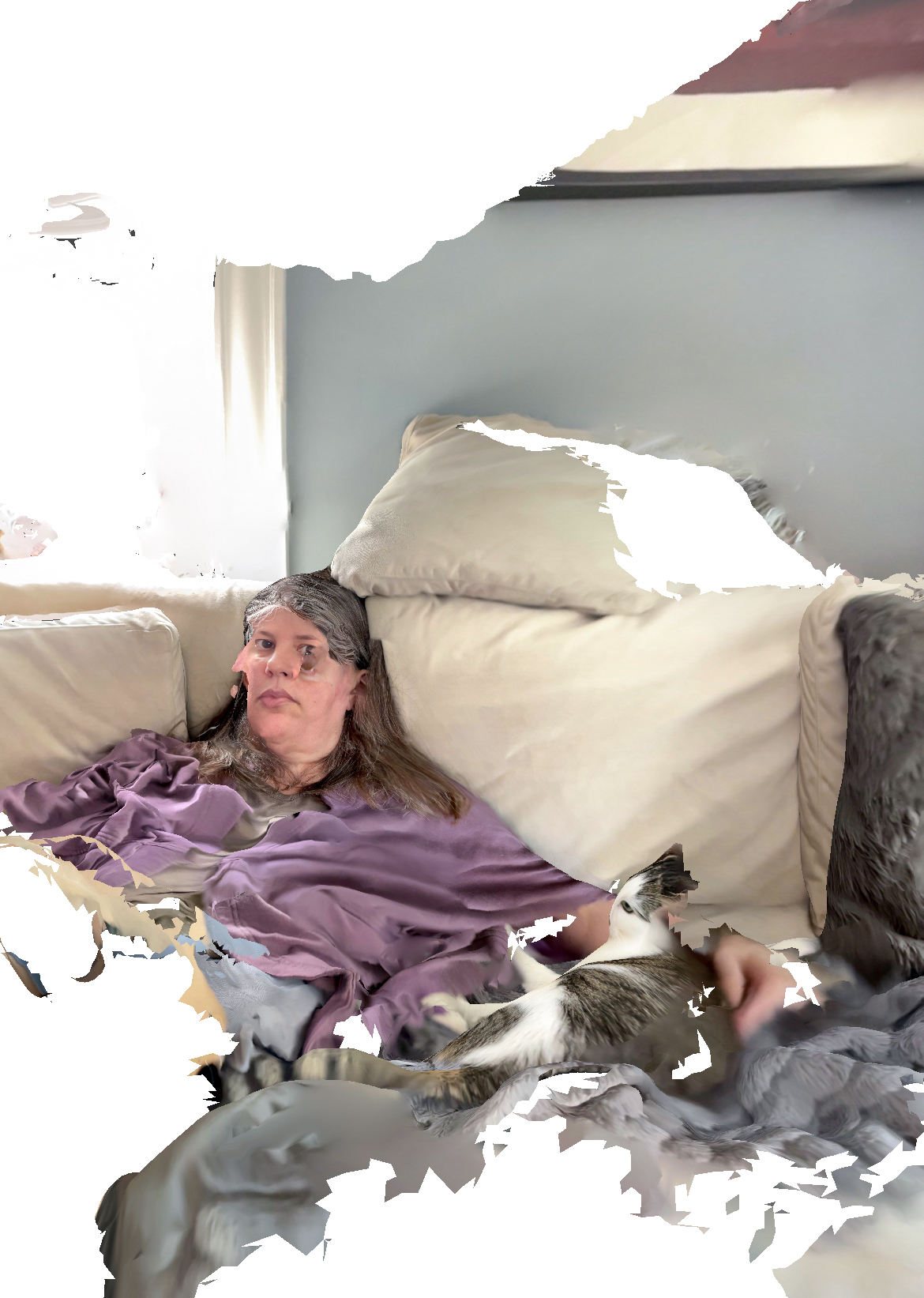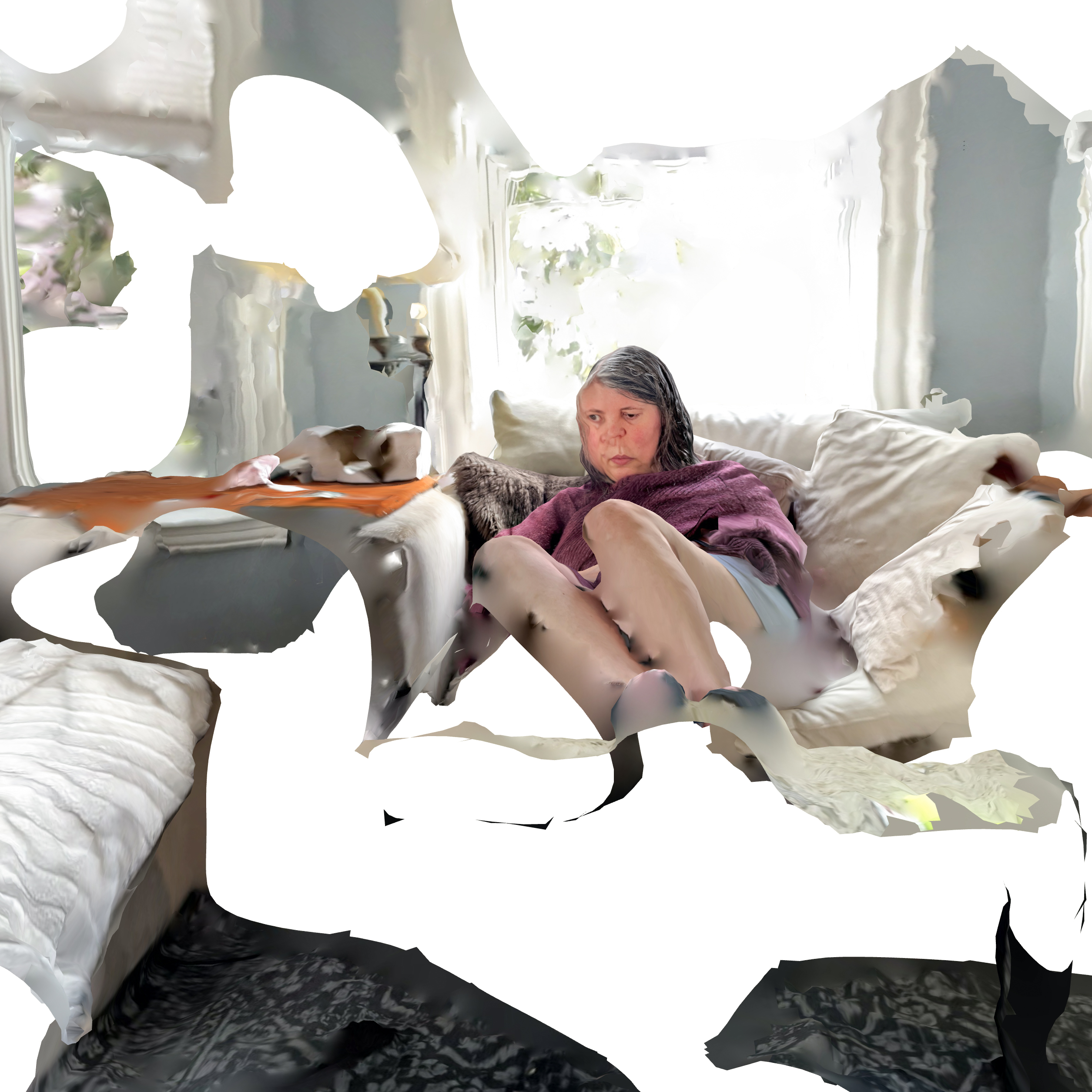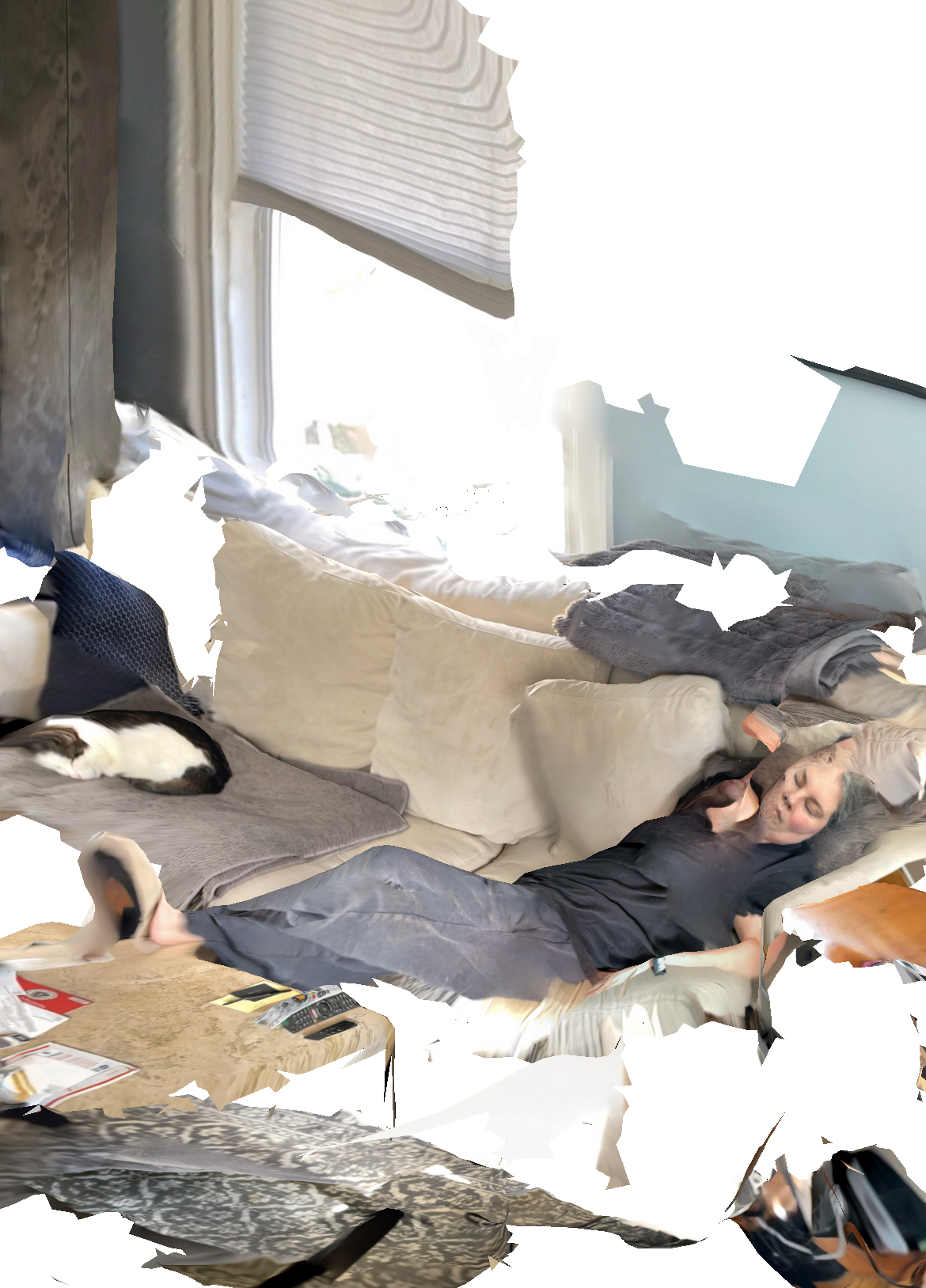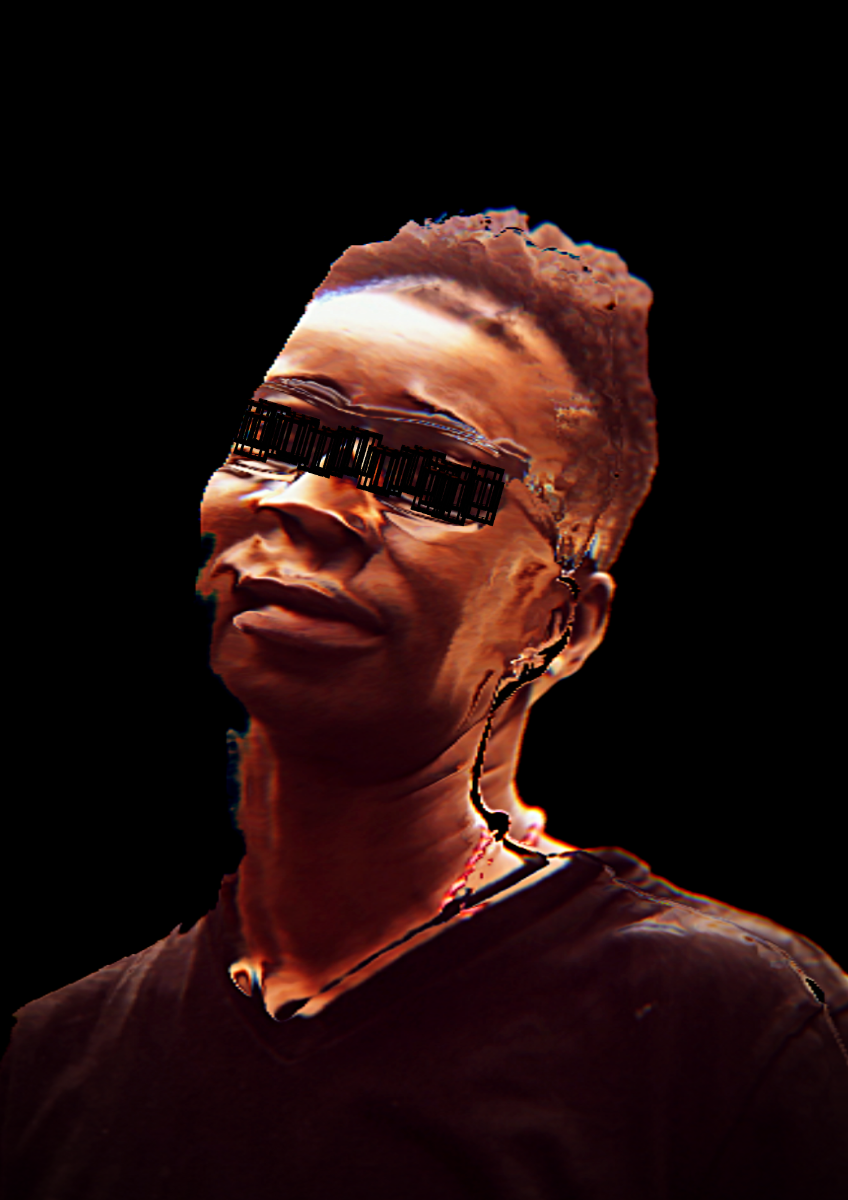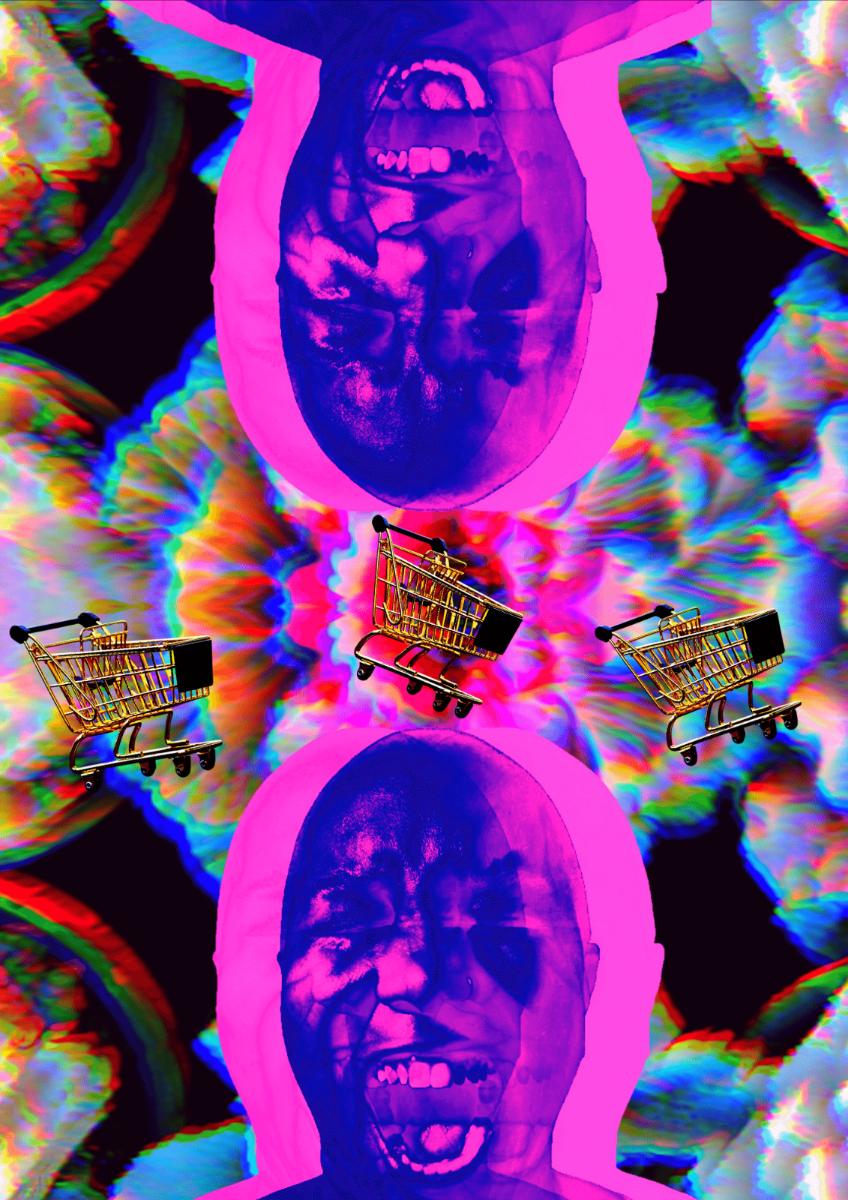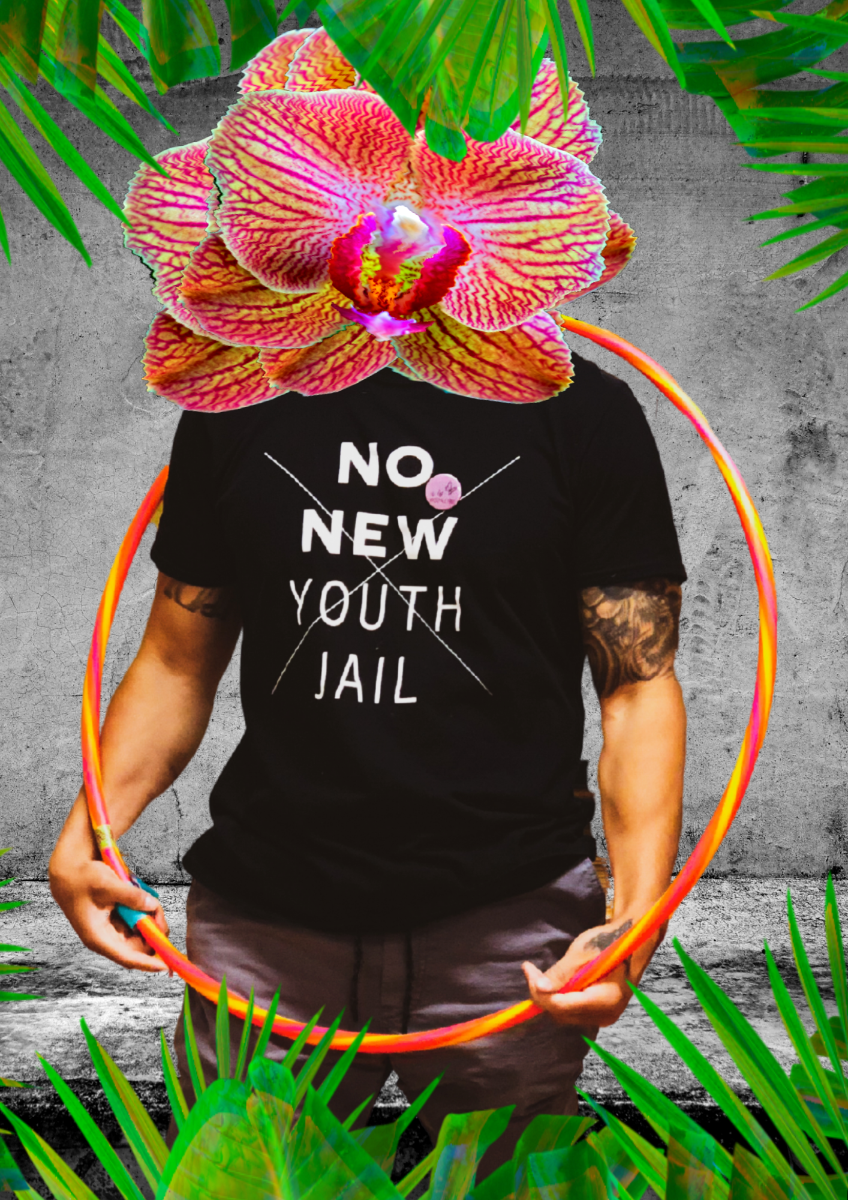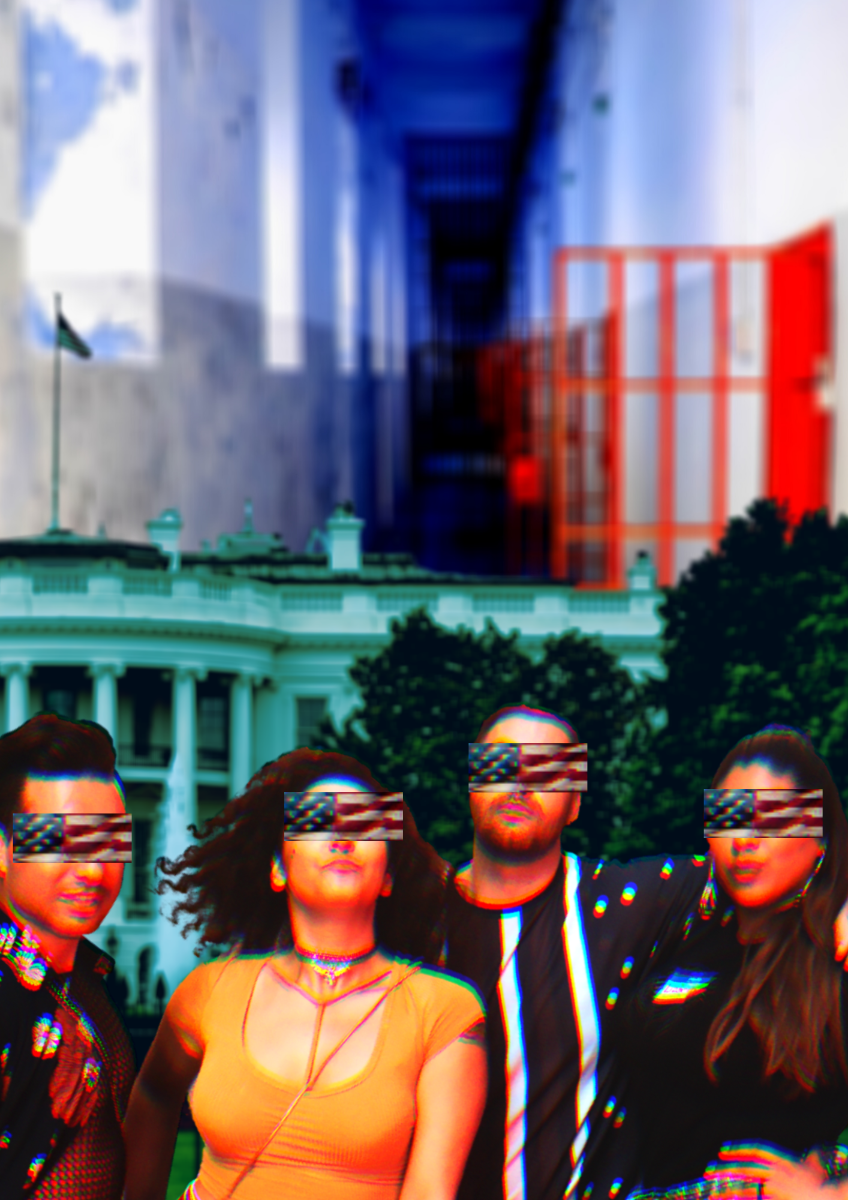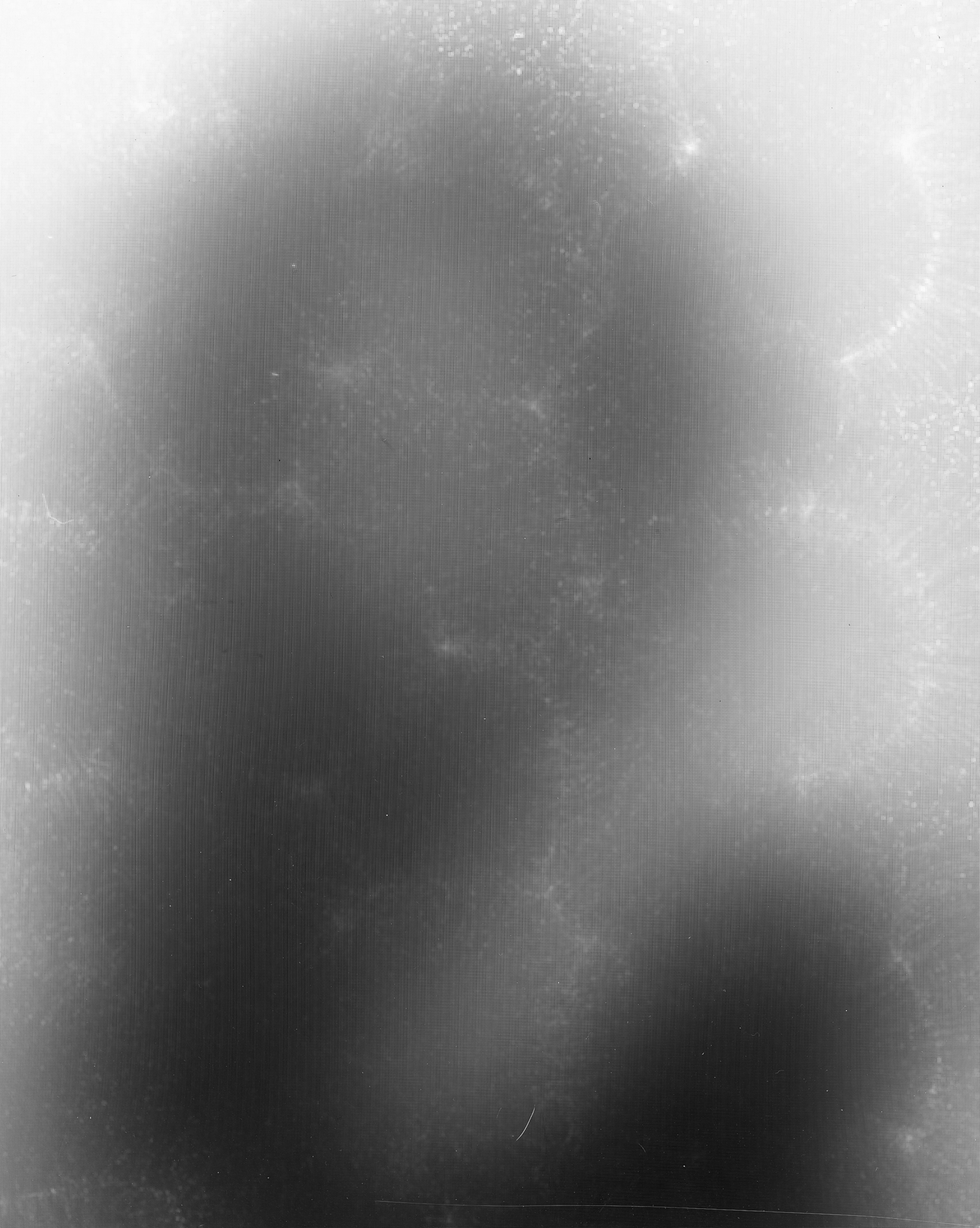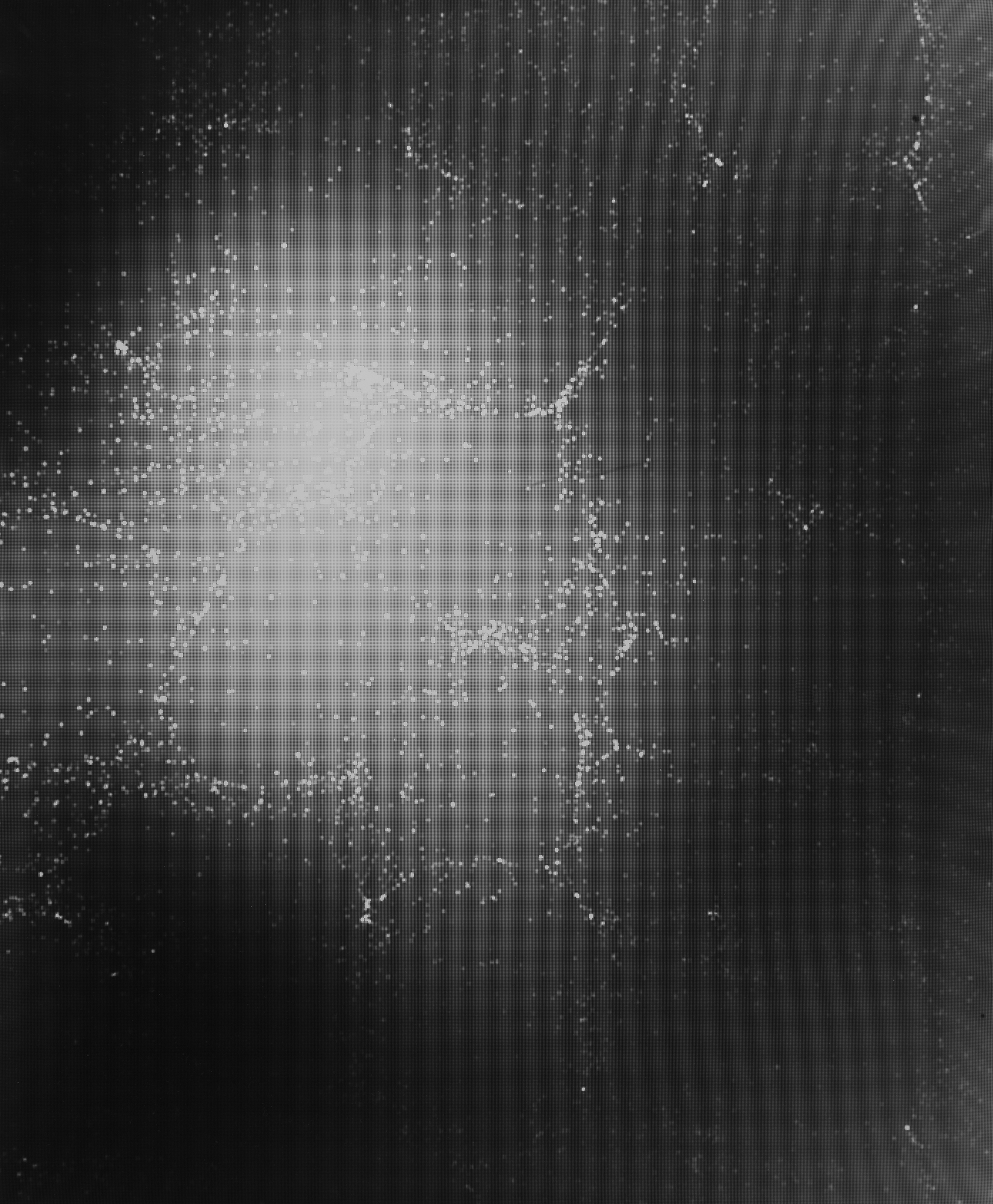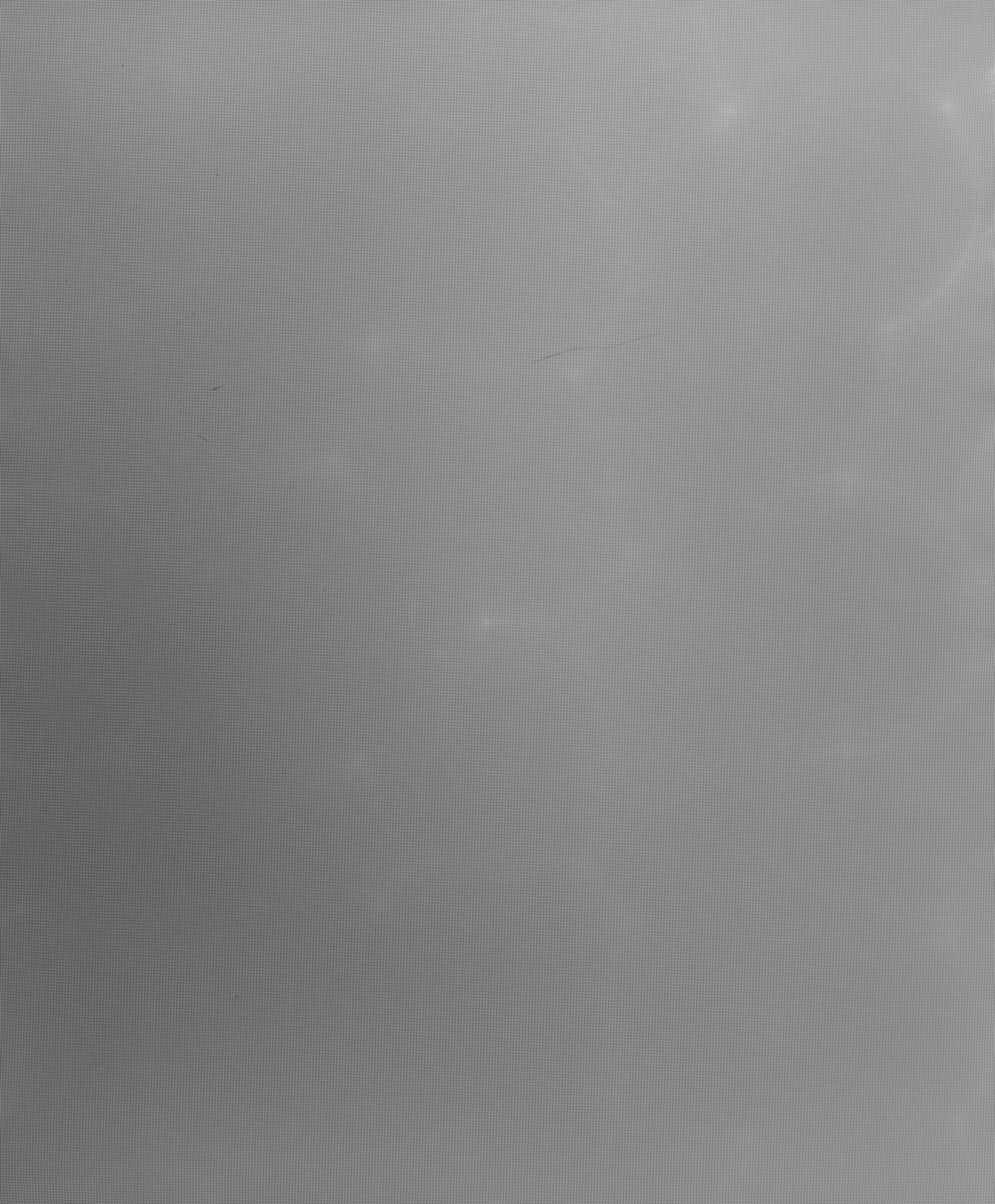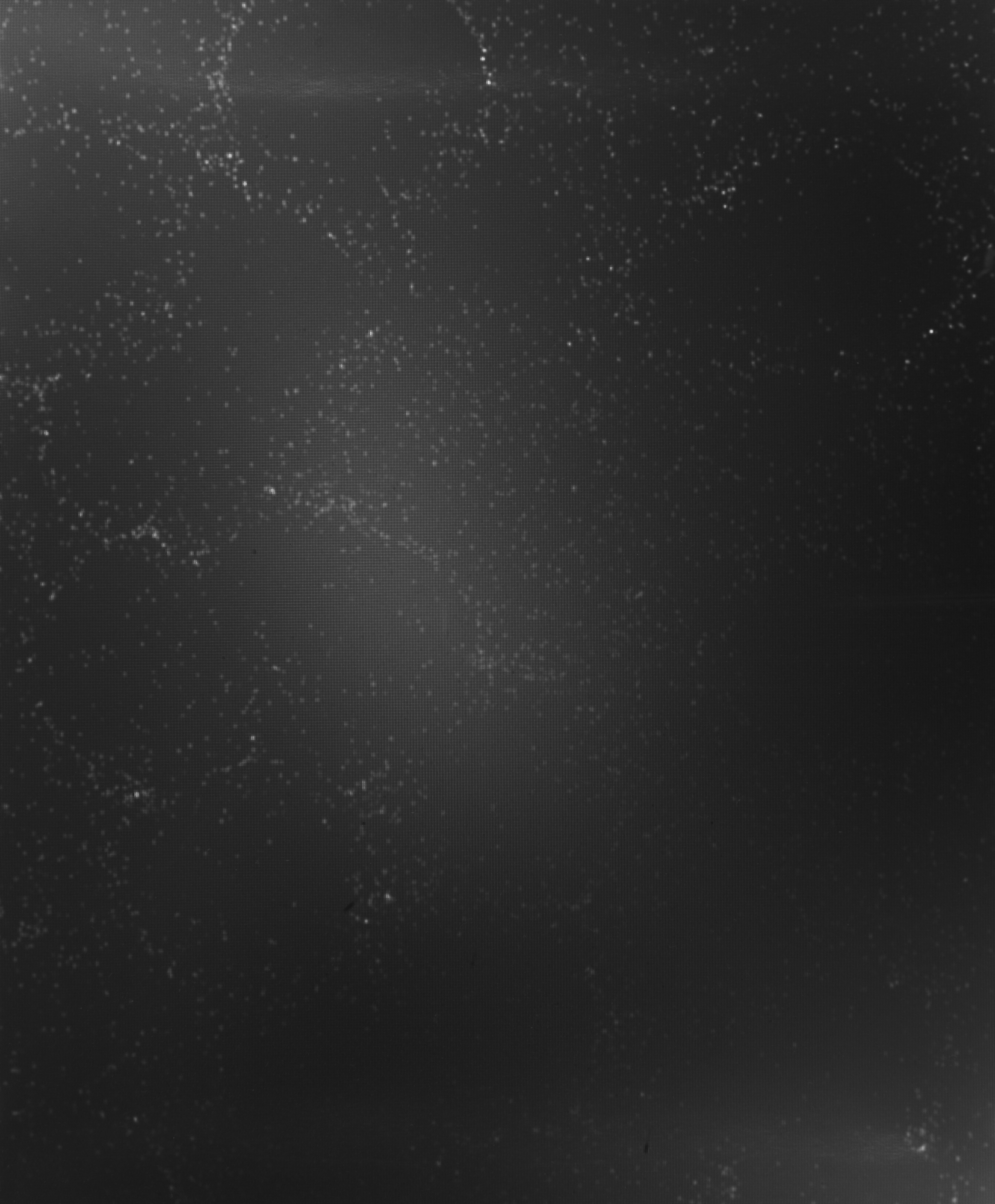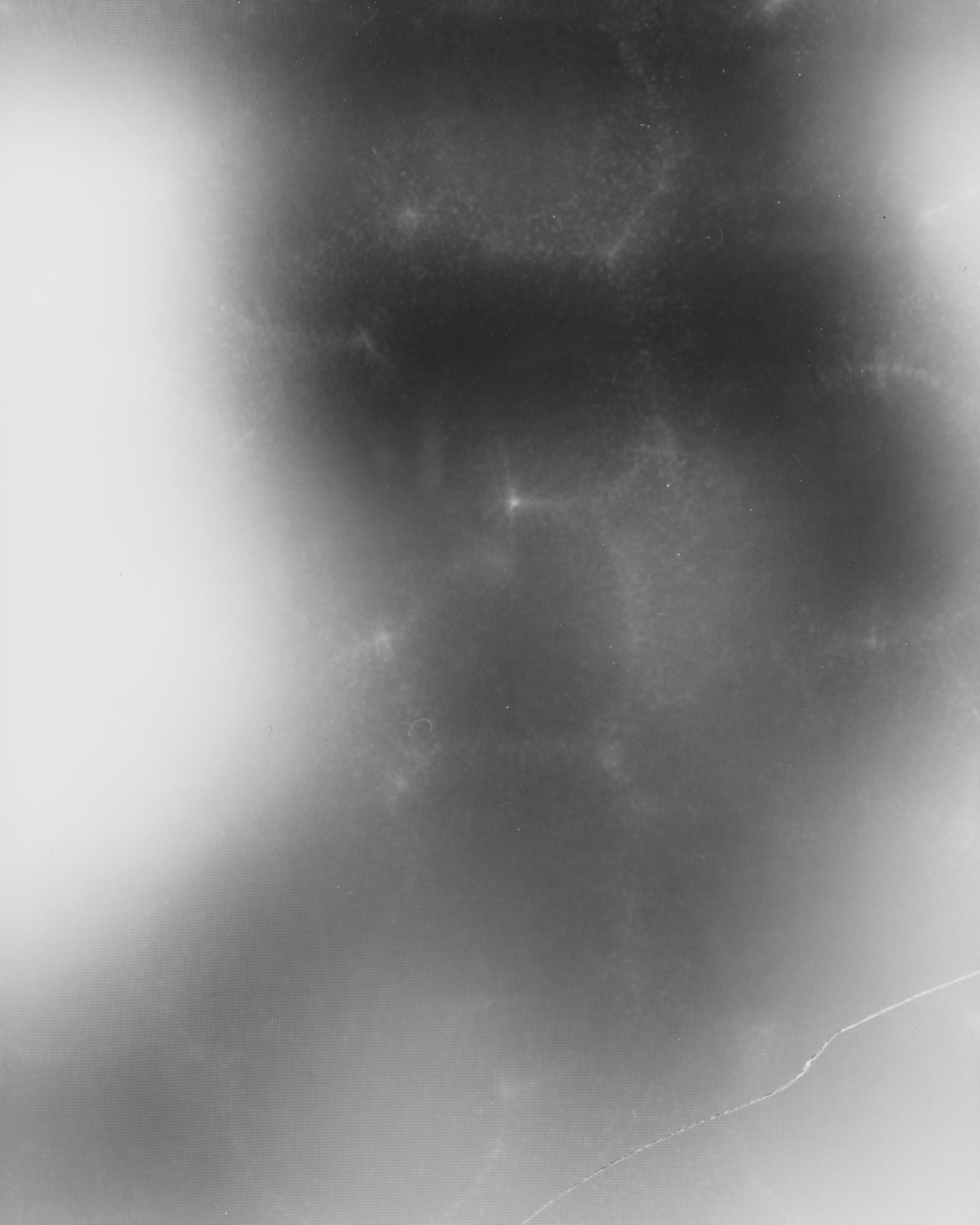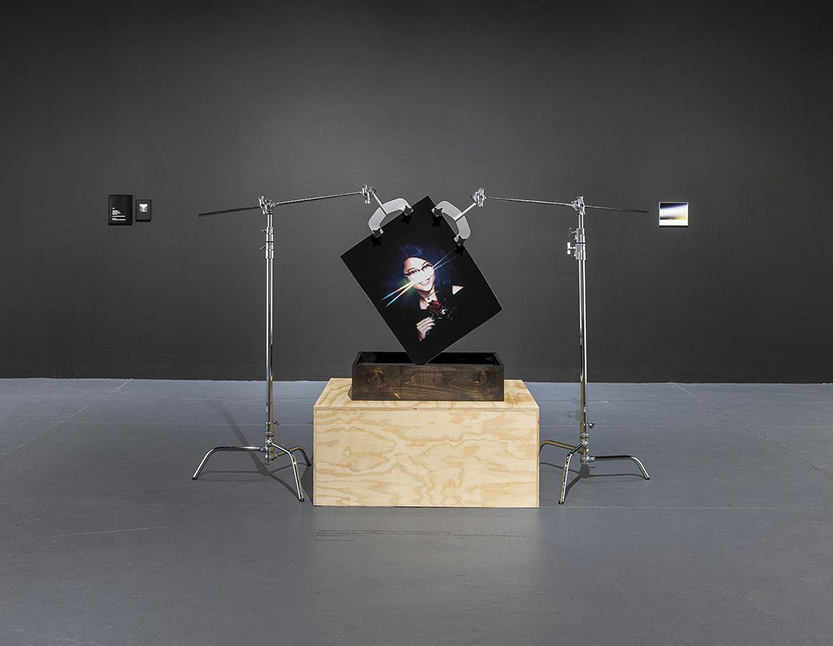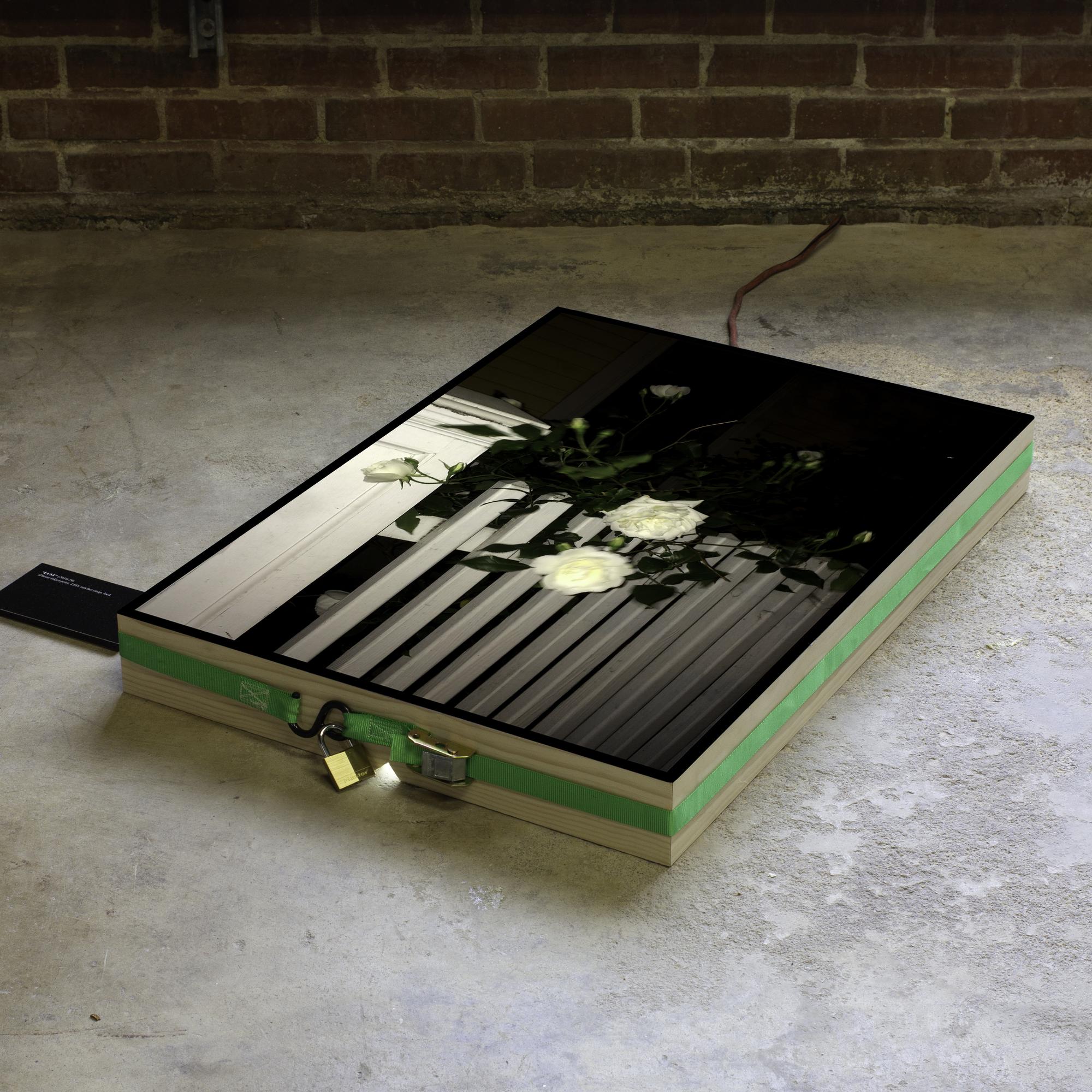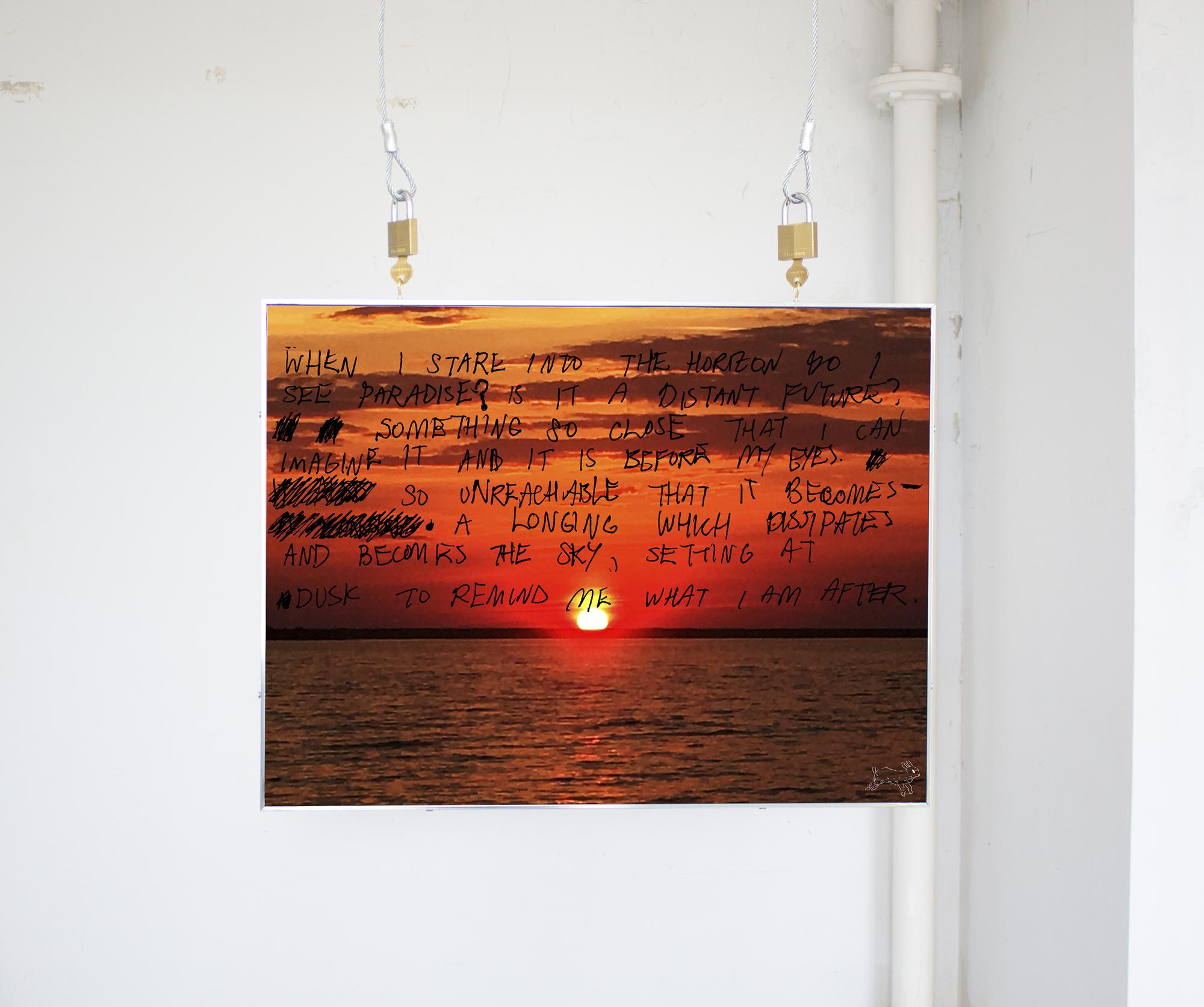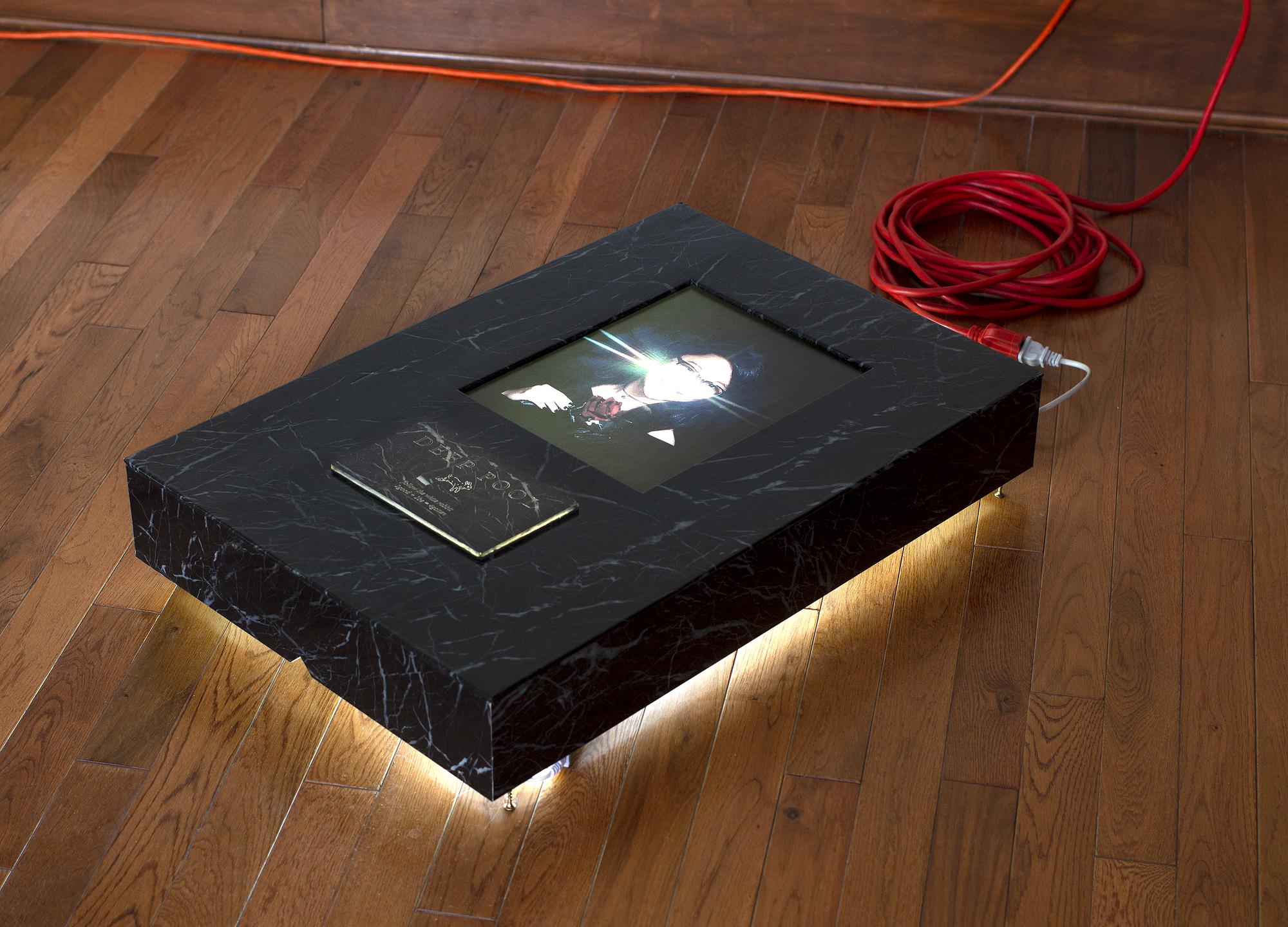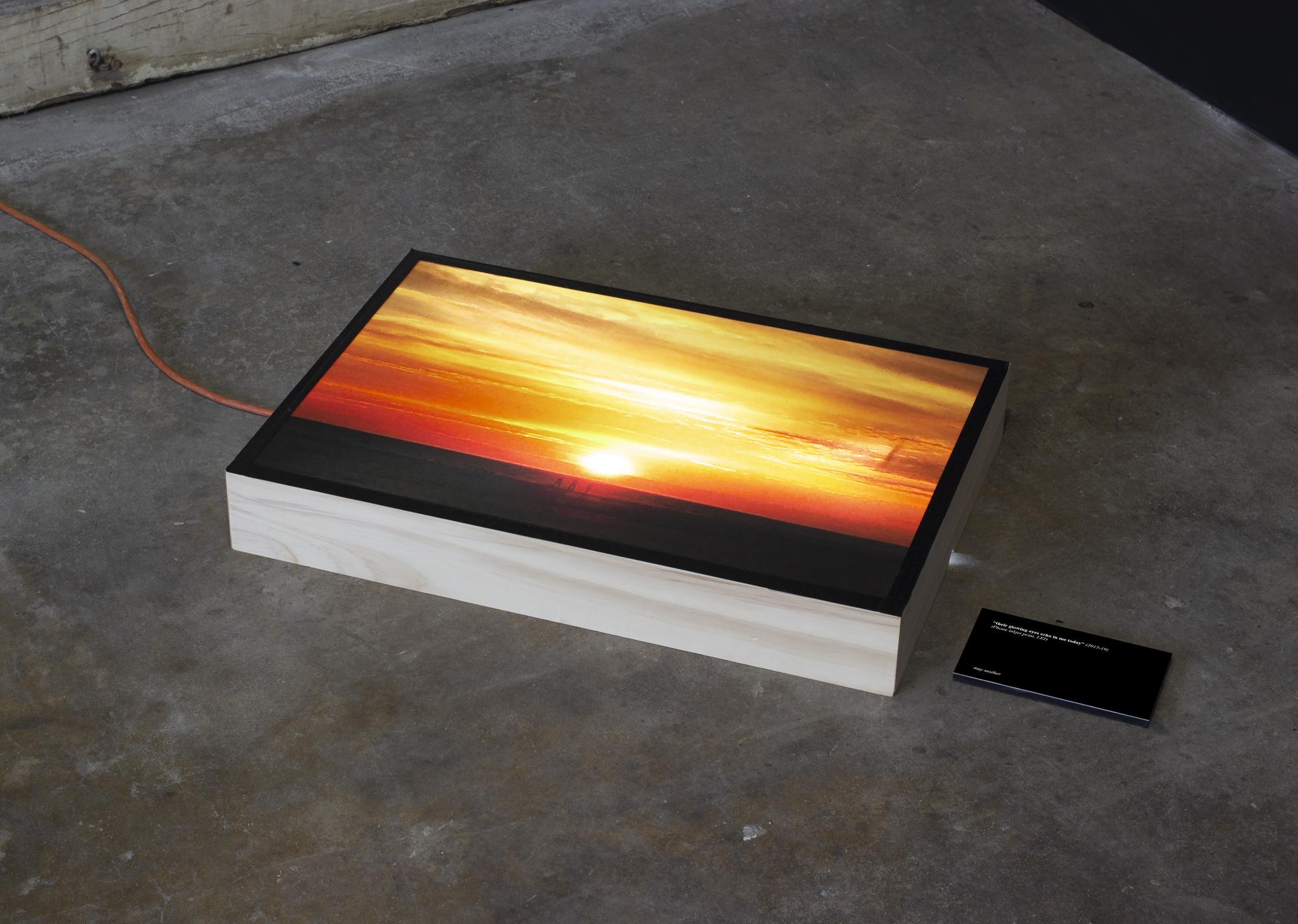Special Mentions
My Head is Too Heavy
by Amy Giese
“My Head is Too Heavy” is an ongoing series documenting my recently acquired chronic illness. Between cognitive and physical changes, I struggle to understand my new reality. Deliberately choosing the imperfect tool of LiDAR scanning apps on my smartphone as my camera, I court the inaccuracies and gaps in information that are created when I scan myself. The resulting 3-D models are a copy of my body and how it inhabits the space of my home, but they also expose the blind-spots, errors and limitations of trying to see oneself. The LiDAR scan is not really two dimensional or three – it sits in between, functioning as an index of the space and a marker of what it cannot see. This surface knowledge seemed such an apt parallel to the surface presentation of so many chronic illnesses to me. These screenshots of a distorted virtual model somehow reveal the hidden symptoms of this illness that are invisible to most but affect me daily. I still look “normal” and it is difficult to convey how profoundly different I feel, at times even to myself.
http://www.amygiese.com
Instagram: @atgiese
Rooted Resurgence
by Vanessa A. Opoku
Rooted Resurgence emerged from a critical engagement with the plant collection of the botanical garden in Palermo. As Palermo was one of the largest ports of the African slave trade in early modern Europe, and botanical gardens are not only a place of education but also complicit in the history of colonialism, the exploitation of land and people is closely linked in this case as well. Since collecting biological material is strictly forbidden in these places, pointcloud scans were taken with a smartphone. Digitizing these fragments gives me the opportunity, within the framework of the digital and the virtual, to create new links by expanding the plants and their history of violence to include a history of transformation.
Instagram: @vaopoku
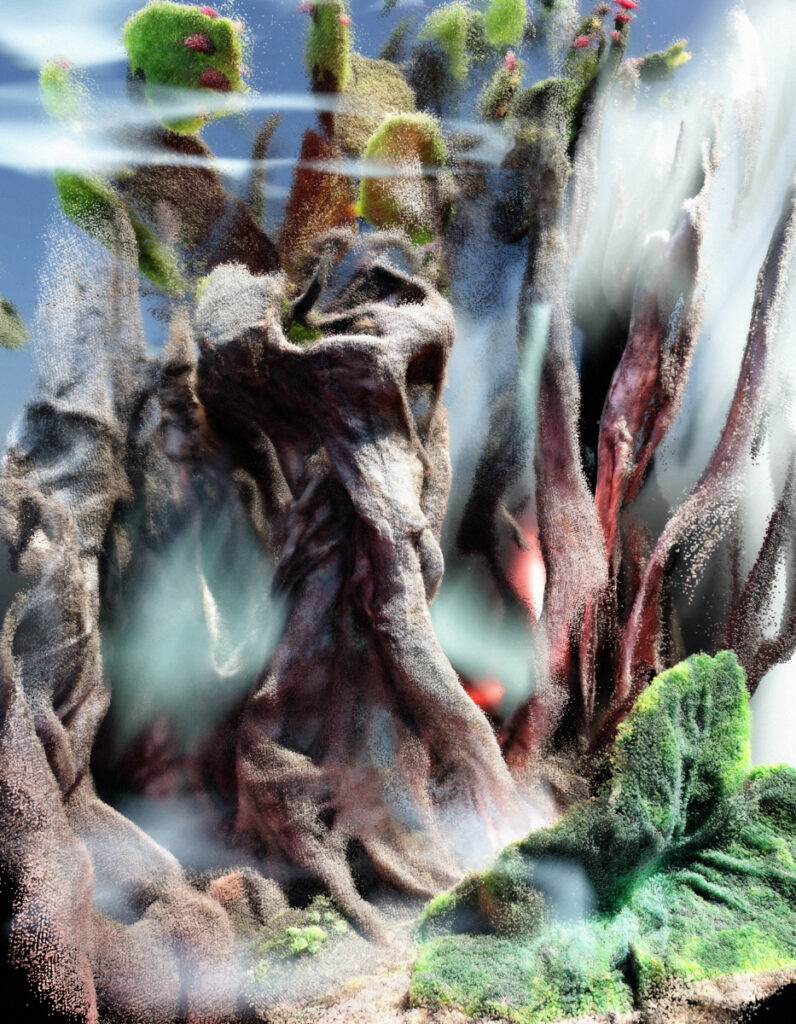
Flowers in a Field of Terror
by Faylita Hicks
This excerpt from my in-progress multimedia project, “Flowers in a Field of Terror,” supported by Right of Return USA and the Art for Justice Fund, presents justice-impacted people as blooms in a digital garden experiencing rare moments of joy. Using my iPhone 12 Pro Max, I’ve digitally altered original photos—using apps like VSCO and Canva—to replicate the disruptive nature of the U.S. criminal legal system, hoping to transform the narrative about who a “criminal” is by crafting unique portraits of previously incarcerated or detained people like myself. I was arrested for a bounced $25 check for groceries, but unable to afford bail, I spent 45 days in my local jail. I hope my audience remembers that behind the handcuffs are real people—most of them just looking for a way to thrive.
https://www.faylitahicks.com/
Instagram: @FaylitaHicks
Invisible Ink
by Pat Blocher
Invisible Ink is a series of silver gelatin prints made by inserting my phone into the enlarger, using the screen as the negative. The title comes from an iPhone security feature, which places a sparkle-like filter over the message—hiding it from unwanted eyes—until the recipient swipes it away to reveal the information. These include self-portraits in girl mode and boy mode—terms used by Julia Serano in her book Whipping Girl, referring to how and when trans people express their feminine and/or masculine identities. Instead of having people send me images, I sent them to myself—examining the dichotomy of concealing and revealing the complexities of my gender identity from myself and others, while addressing my conflicting desires for visibility and privacy.
https://www.patblocher.com
Instagram: @patblocher
2019-2022
by Deep Pool
“2019-2022” presents a continuum of works with imagery comprised of cell phone images. Less concerned with resolution, cell imagery speaks its own visual language— its company accessible, intimate, and brief. Object tension, light, and supportive structures confuse this ephemerality; deconstructing the image and rendering it “uncapturable”. On a personal level, botany equates itself to queer anatomy; horizons as cyclical longing; and self-portraiture as obscured, ever-changing self. Generalizing metaphors of beauty offer a familiar reverberation, giving a chance for the other to consider their own preservation.
Deep Pool (b. 1997) is an image-maker and transdisciplinary artist. They are concerned with interrogation of assumption, expansion of queer/trans definition, and non-resolution.
I’ve titled the work 2019-2022 as those are the years works were made during.
Instagram: @_deep_pool
